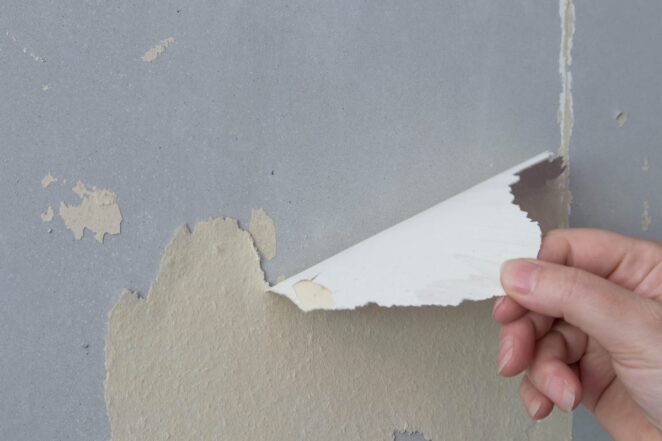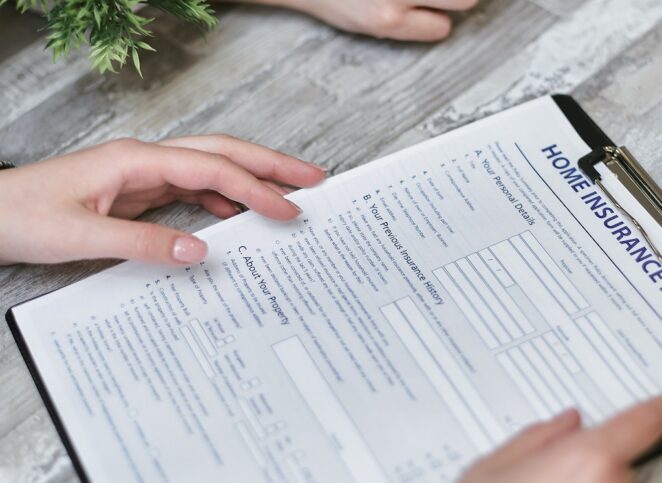When it comes to protecting your home, having insurance coverage is essential for peace of mind. However, it’s crucial to understand that not all potential risks are covered under a standard home insurance policy. Knowing what these exclusions are can prevent unpleasant surprises and ensure you have adequate protection. In this article, we’ll delve into five common things that home insurance policies typically do not cover, shedding light on areas homeowners should be aware of.
1. Understanding Policy Exclusions

Before diving into the specific exclusions, it’s important to grasp why insurance policies have limitations. Insurance companies aim to manage risks effectively while offering affordable premiums. Consequently, they may exclude certain perils or circumstances that are deemed too risky or costly to cover comprehensively. Understanding these exclusions can help homeowners make informed decisions about their insurance needs and consider additional coverage where necessary. For further insights into how insurance policies are tailored to manage risks effectively, you can explore resources such as https://www.eriemutual.com/insights/welland-home-insurance/.
2. Natural Disasters
Homeowners often assume that their insurance policy will cover damages caused by natural disasters, but this isn’t always the case. Most standard policies exclude coverage for earthquakes, floods, and hurricanes. Earthquakes, in particular, can wreak havoc on homes, causing structural damage and destruction to belongings. Floods are another significant concern, especially for homeowners in flood-prone areas, yet they typically require separate flood insurance policies.
While you may not be able to control natural disasters, there are steps you can take to mitigate the risks. For example, reinforcing your home’s structure against earthquakes or installing flood barriers and sump pumps can help minimize potential damages. Additionally, investing in specialized insurance coverage for these perils can provide added peace of mind and financial protection in the event of a disaster.
3. Wear and Tear

Another common exclusion in home insurance policies is coverage for wear and tear or gradual deterioration of property. While insurance is designed to protect against sudden and unexpected damages, it typically does not cover issues that arise from regular use, aging, or lack of maintenance.
4. Routine Maintenance and Repairs
Homeowners are responsible for maintaining their properties and addressing routine maintenance tasks to prevent deterioration. Neglecting maintenance can lead to various problems, such as roof leaks, plumbing issues, or electrical failures, which may not be covered by insurance if they result from neglect or lack of upkeep. Regular inspections and timely repairs can help minimize the risk of costly damages and ensure your home remains in good condition.
Conclusion

Understanding what home insurance policies typically do not cover is crucial for homeowners to ensure they have adequate protection against potential risks. By being aware of exclusions related to natural disasters, wear and tear, and other common limitations, homeowners can make informed decisions about their insurance needs and take steps to mitigate risks effectively. Additionally, regularly reviewing policy terms and exploring additional coverage options can help homeowners stay adequately protected in the face of unforeseen events. Ultimately, investing time and effort in understanding your insurance coverage can provide invaluable peace of mind and financial security for you and your family.




